Take Two to Four Hours To See The History Of The 24 Hours Of Le Mans
Text: Gautam Sen Images: Gautam Sen, Musée automobile de la Sarthe
On the 27th of May 1923, Frenchmen André Lagache and René Léonard, in a specially developed 3.0-litre overhead camshaft-engined Chenard & Walcker racing car, completed 128 laps of a street circuit near the French town of Le Mans at an average speed of 92 km/h. The Chenard et Walcker covered a total distance of almost 2,210kms over 24 hours of continuous driving, proving that the French car was arguably the most reliable of sporting automobiles on sale then, and establishing, in the process, a nature of competition which would contribute to the evolution of technical progress and promote the development of the automobile.
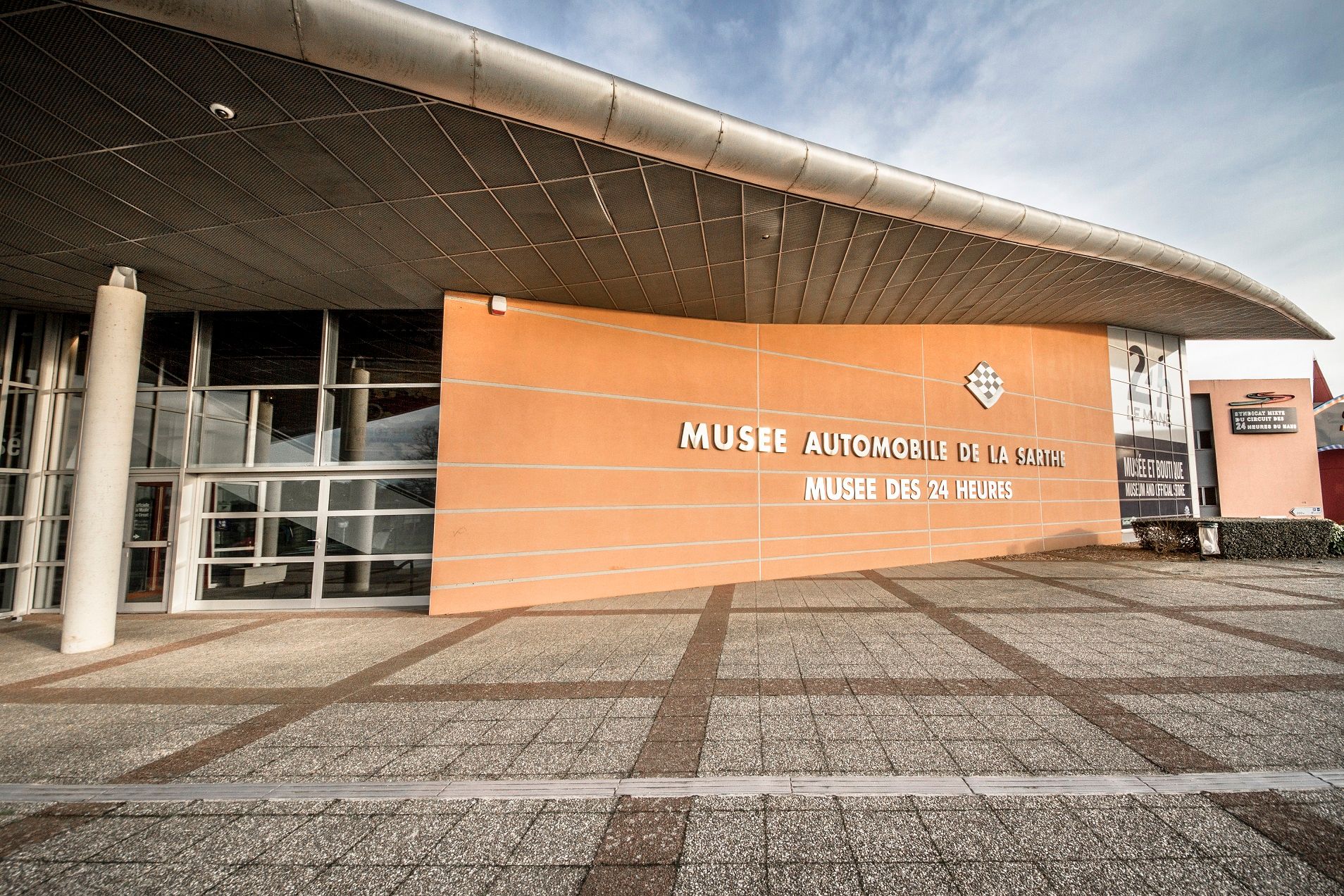
A year earlier, in 1922, Le Mans-based Automobile Club de l’Ouest had announced the creation of a new type of competition, an endurance test—the world’s first 24 hours of racing. Many at that time believed that it was an insane concept, that the cars of that period wouldn’t last 24 hours of constant high-speed driving. Yet the Chenard et Walcker (along with 29 other cars) went on to complete the first race on that fateful day of May 1923, and the legendary 24 Hours of Le Mans was born.
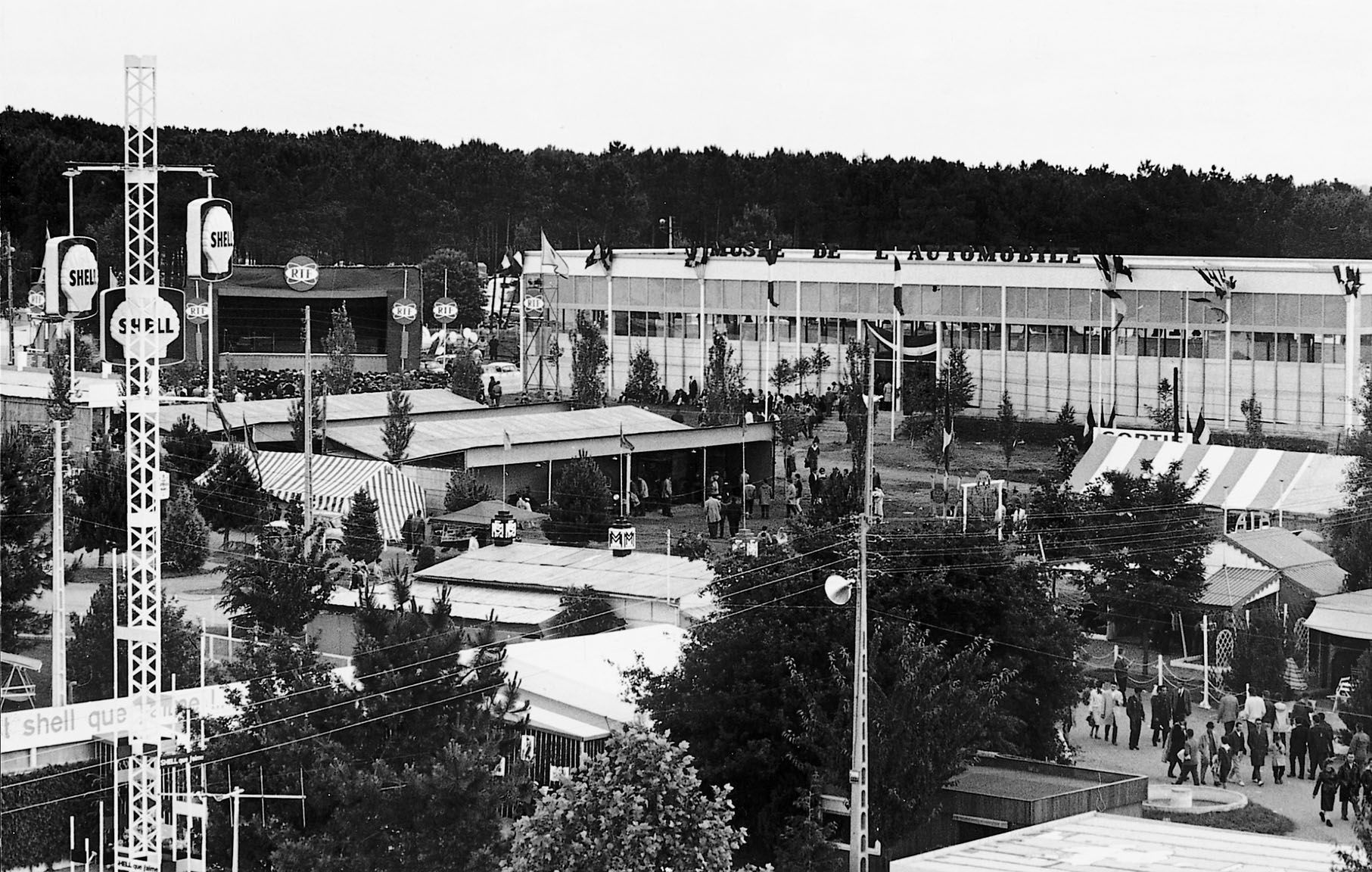
Over the years, as the 24 Hours of Le Mans became the race that went on to establish the reputation of marques like Bentley, Alfa Romeo, Bugatti, Maserati and Jaguar, the town of Le Mans became increasingly better known. “Thanks to the 24-Hour race, the town now enjoys international fame,” declared Jean-Marie Lelièvre in 1959, adding, “It’s important to remember the great adventure of this century, the motor car, and to make the latter a part of our heritage.”
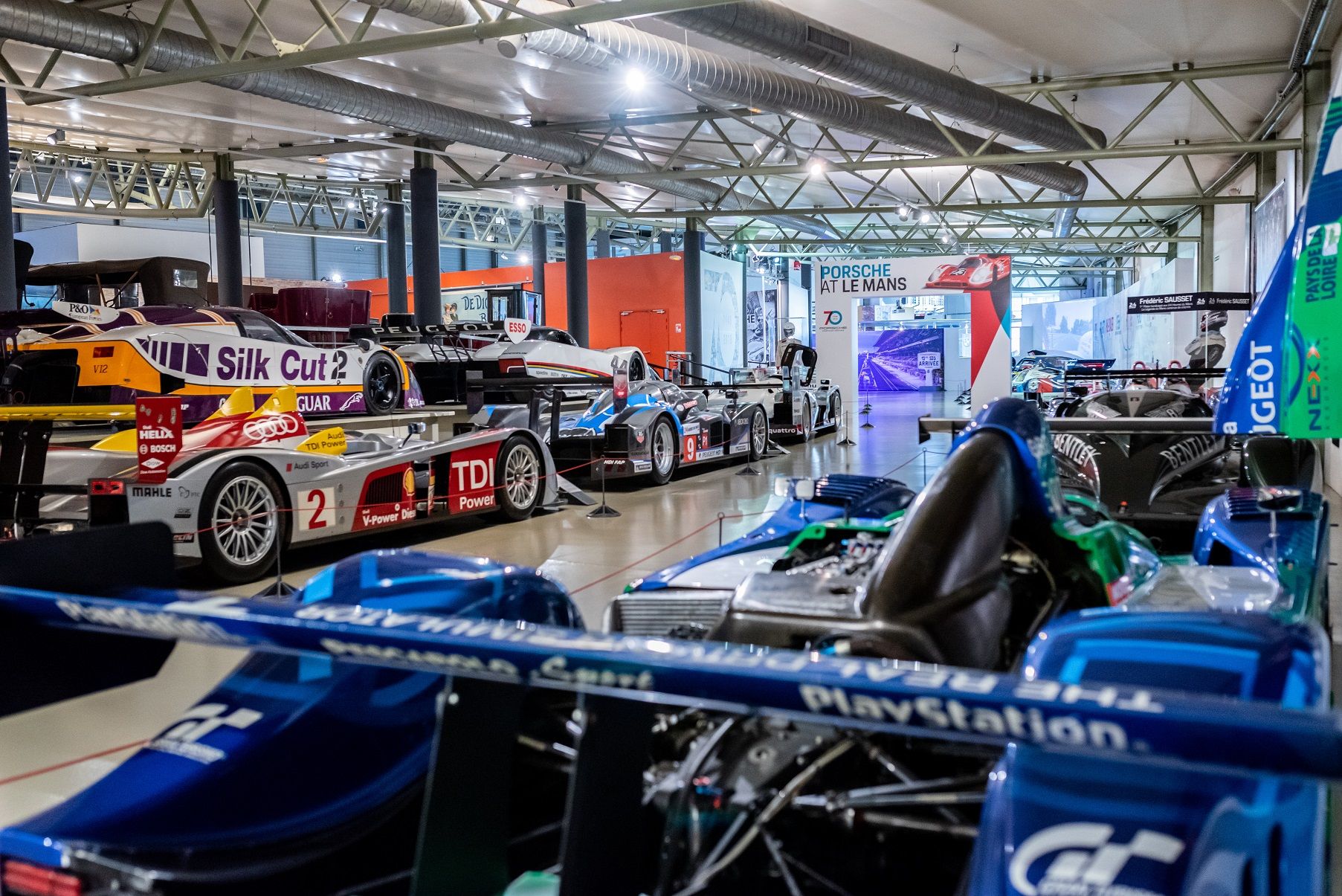
Jean-Marie Lelièvre (1900–1976) was a French businessman from Sarthe, the region where Le Mans is located, who was also a diehard automobile enthusiast and motorsport historian. He was also the president of the l'Automobile Club de l'Ouest (ACO), the organisation that—since 1923—has been running the 24 Hours of Le Mans race. A member of the ACO since 1920, Lelièvre became its president in 1951. Under his presidency, the number of members of the ACO doubled, rising from 80,000 in 1952 to 160,000 in 1973.
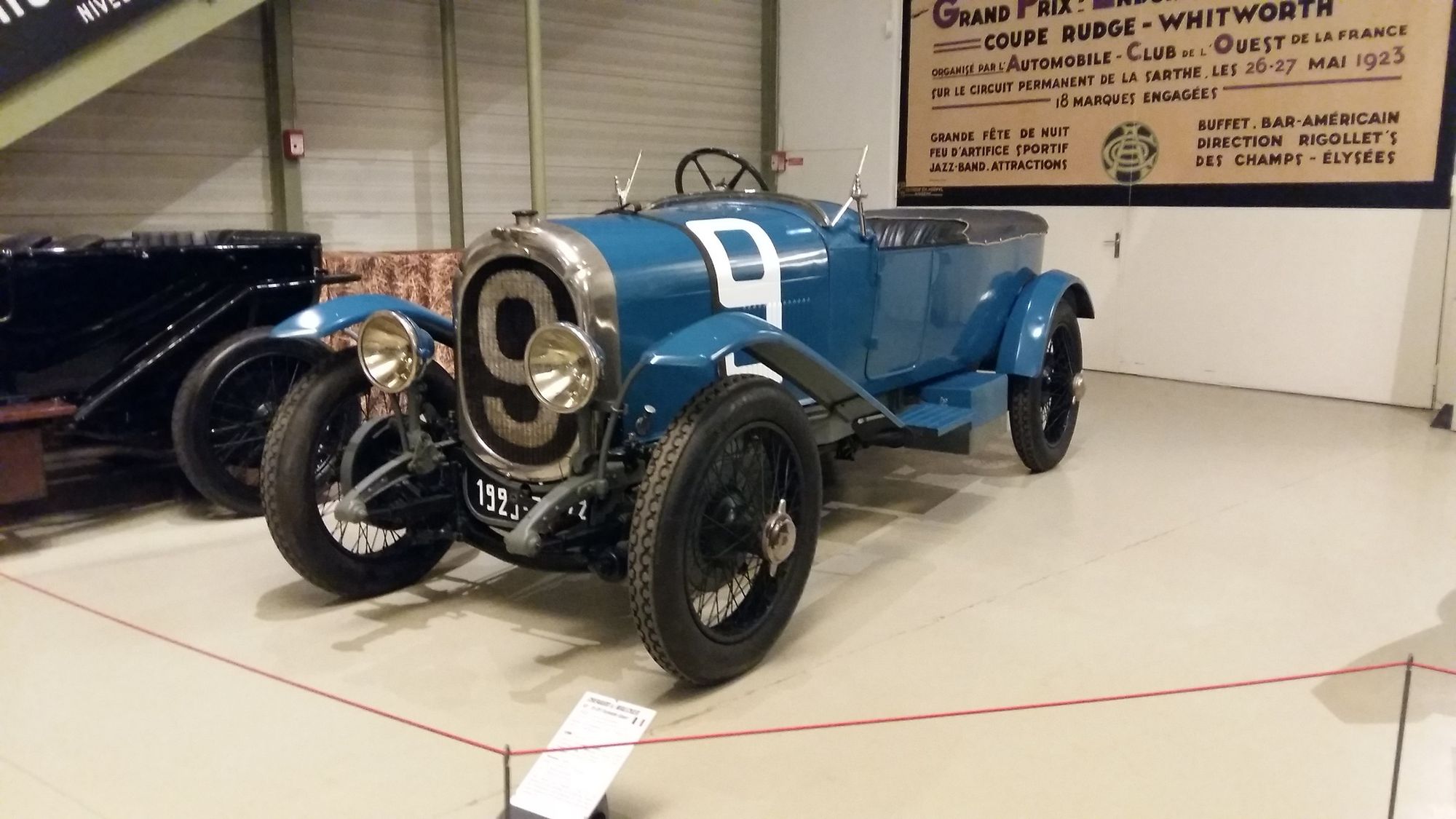
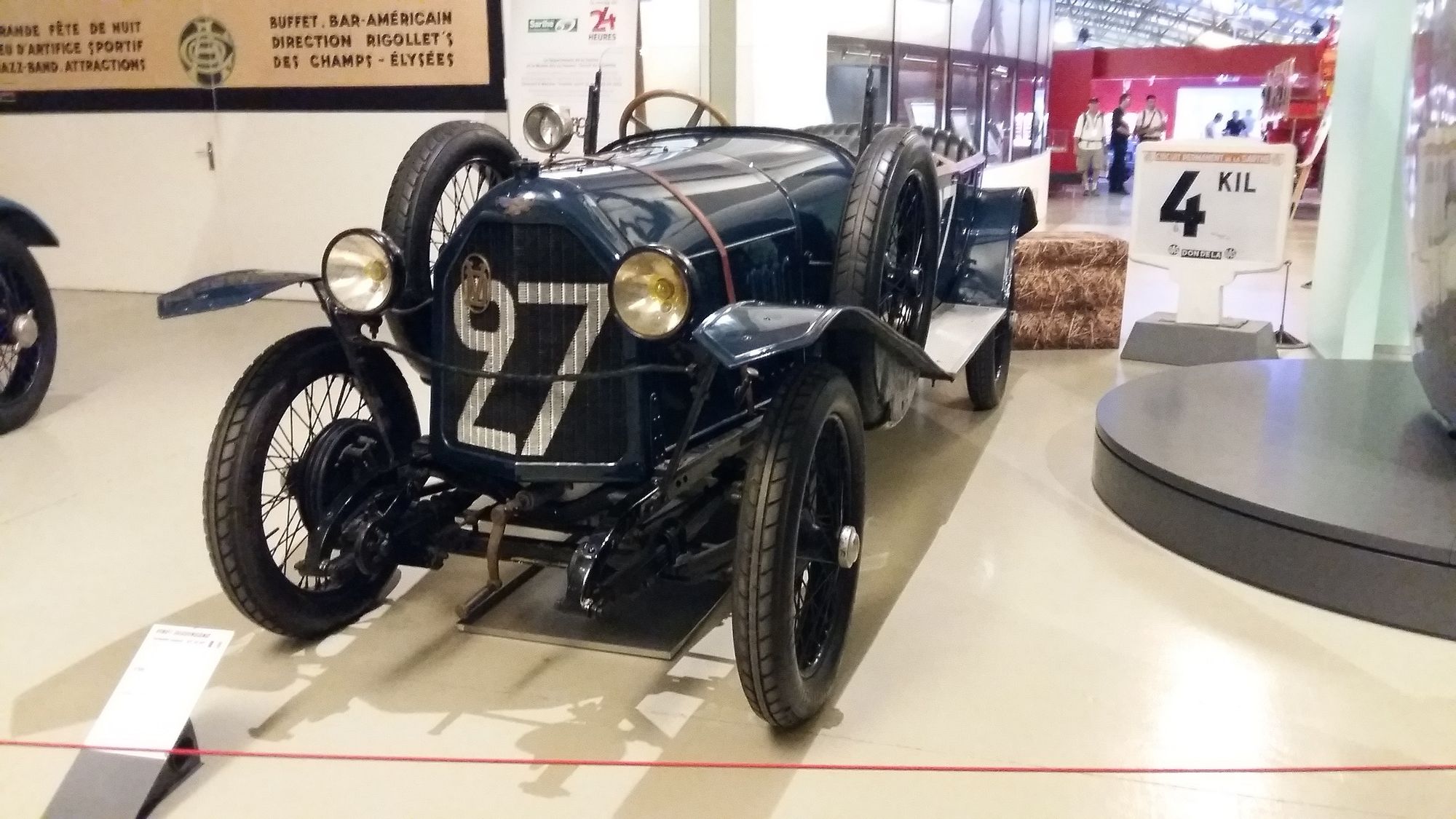

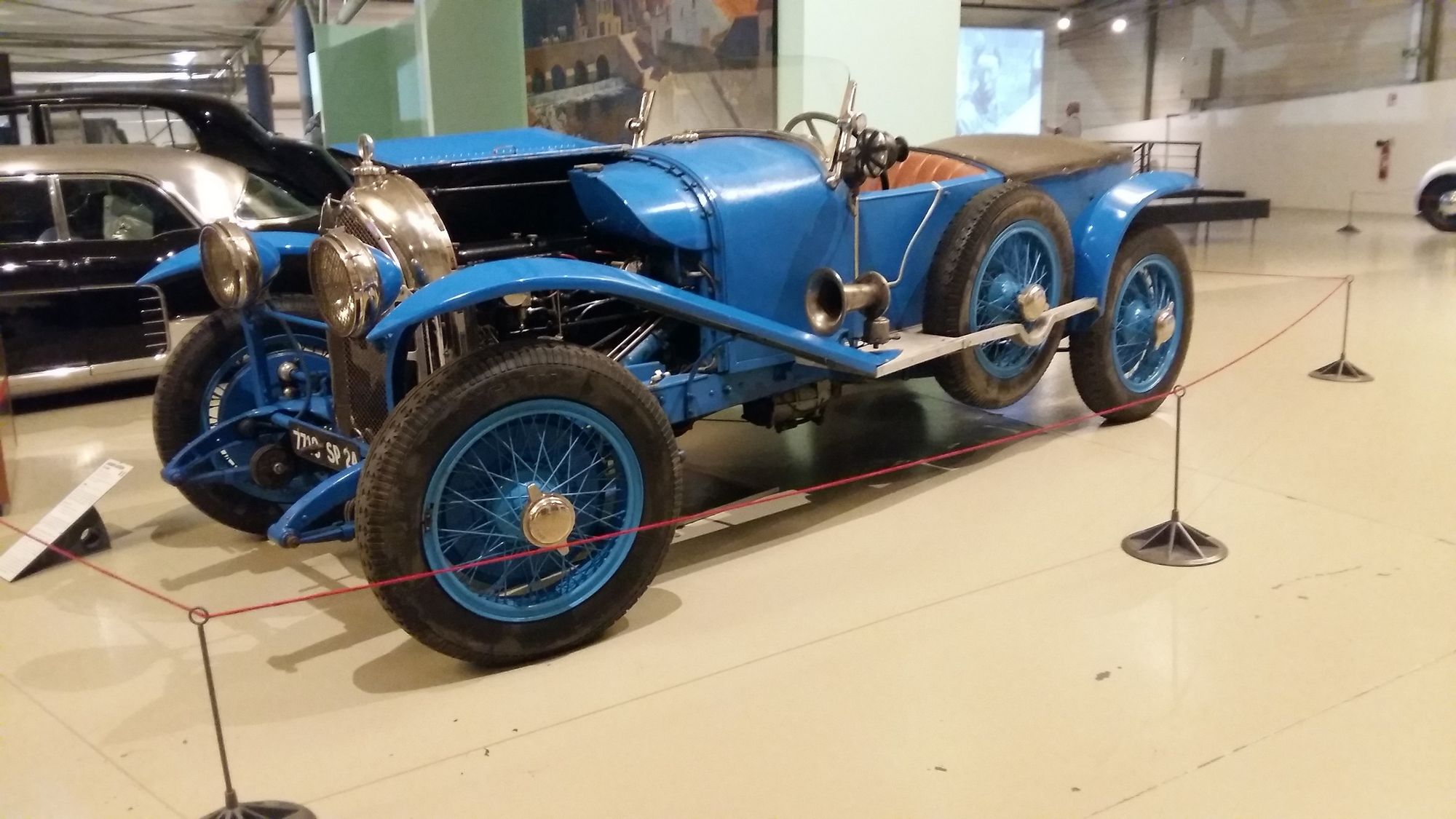
It was his idea and initiative to establish a museum dedicated to the automobile, specifically those associated with the 24 Hours of Le Mans race. The Musée automobile de la Sarthe (the Sarthe automobile museum) was inaugurated on the 8th of June 1961. And the management of the collection of 65 cars was entrusted to the ACO.
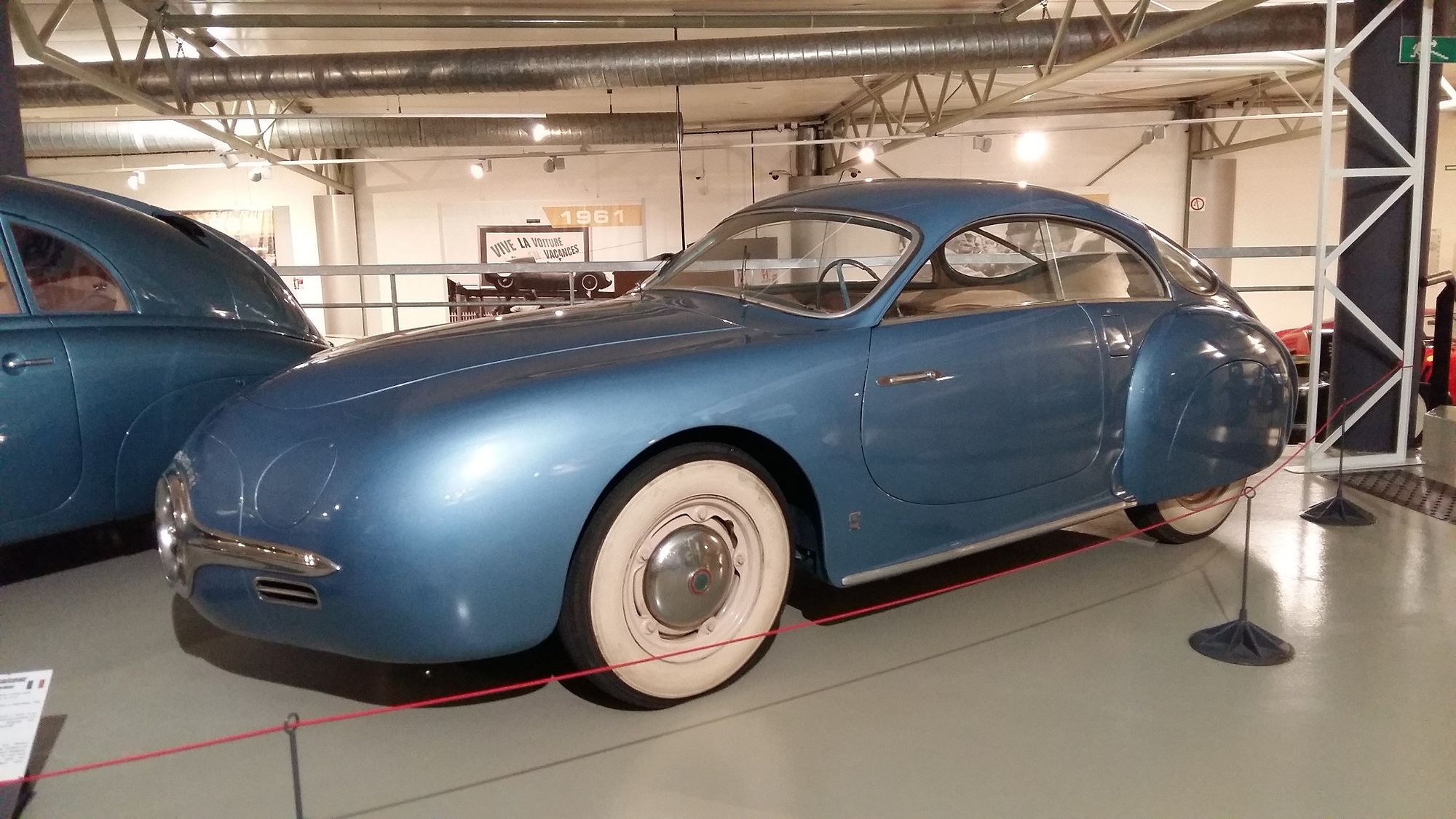
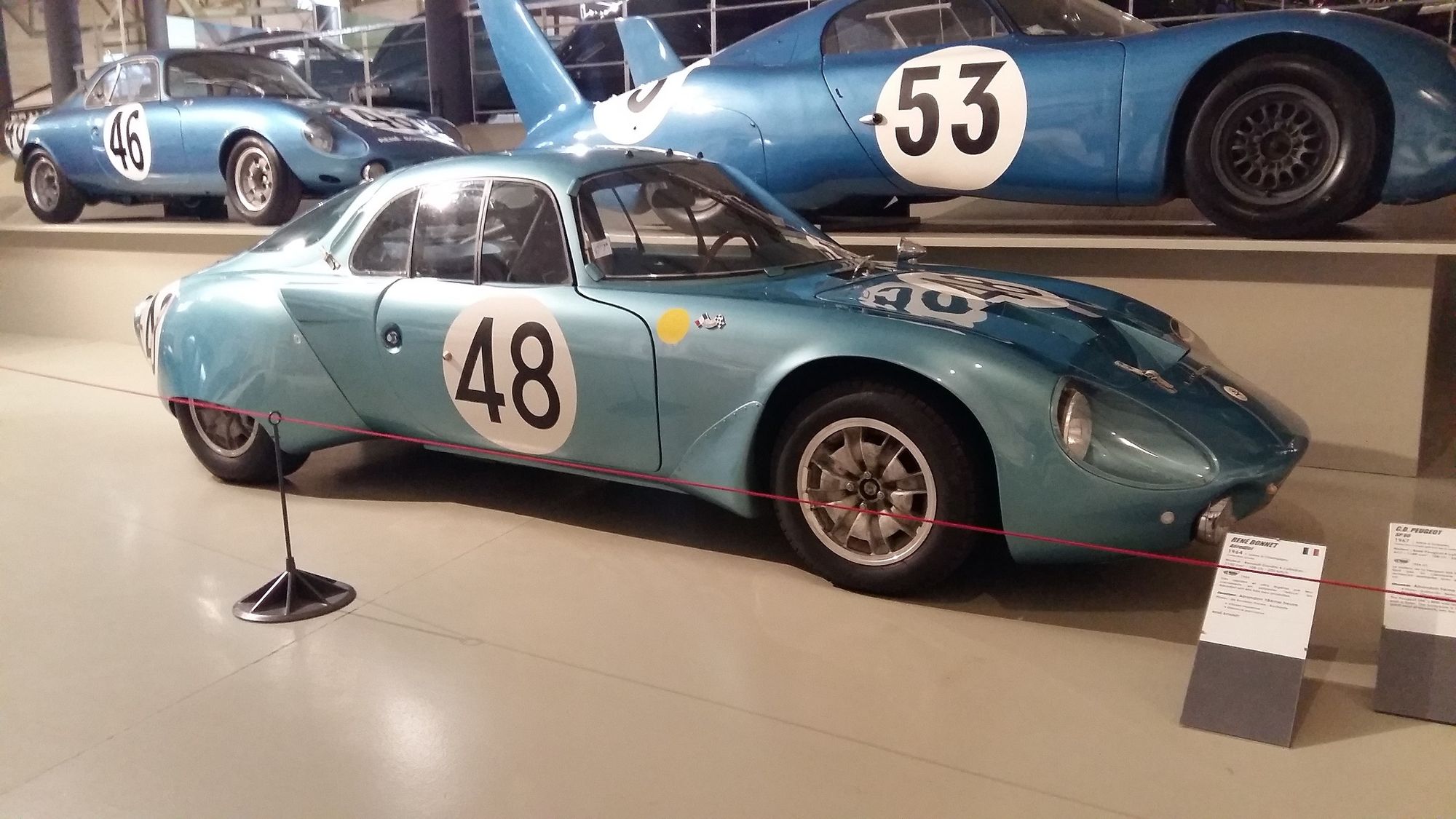
Numerous historic events were recreated and became a showcase for the museum. Over the years the collection grew, and as the original building was beginning to show its age, the museum was moved to a new 4,000 square meter edifice at the north entrance of the Le Mans circuit. The new museum was financed in totality by the regional administration.
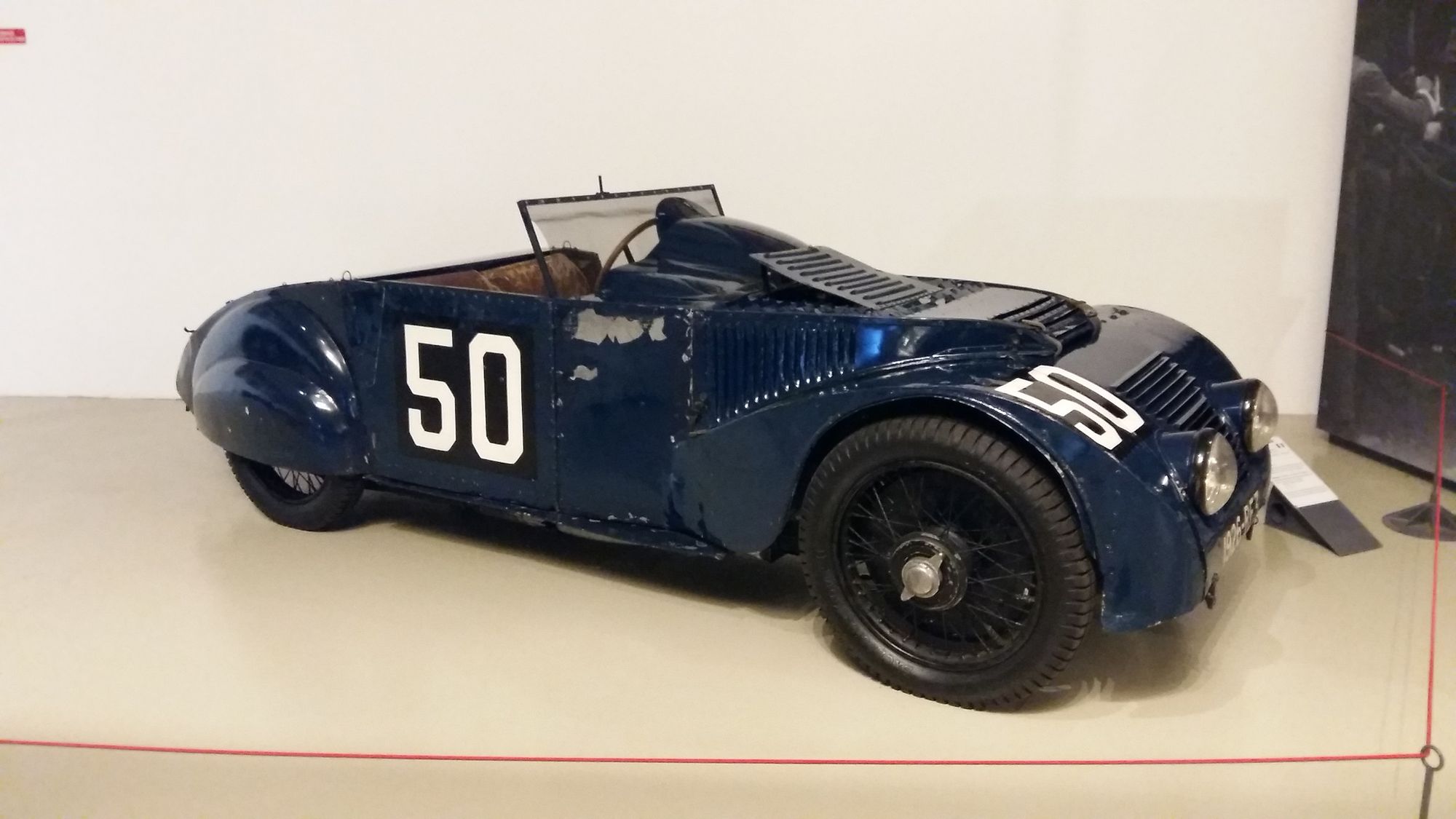
The museum was admired for the modernity and décor but was given a comprehensive revamp in 2009. In 2017, the Automobile Club de l’Ouest ‘bought back’ the museum and its collections, and entrusted the management of the museum to the cultural and heritage department, with Fabrice Bourrigaud as the director. Today, the ACO teams continue to run the museum and its collections of more than 140 cars, retracing the history of the 24 Hours of Le Mans.
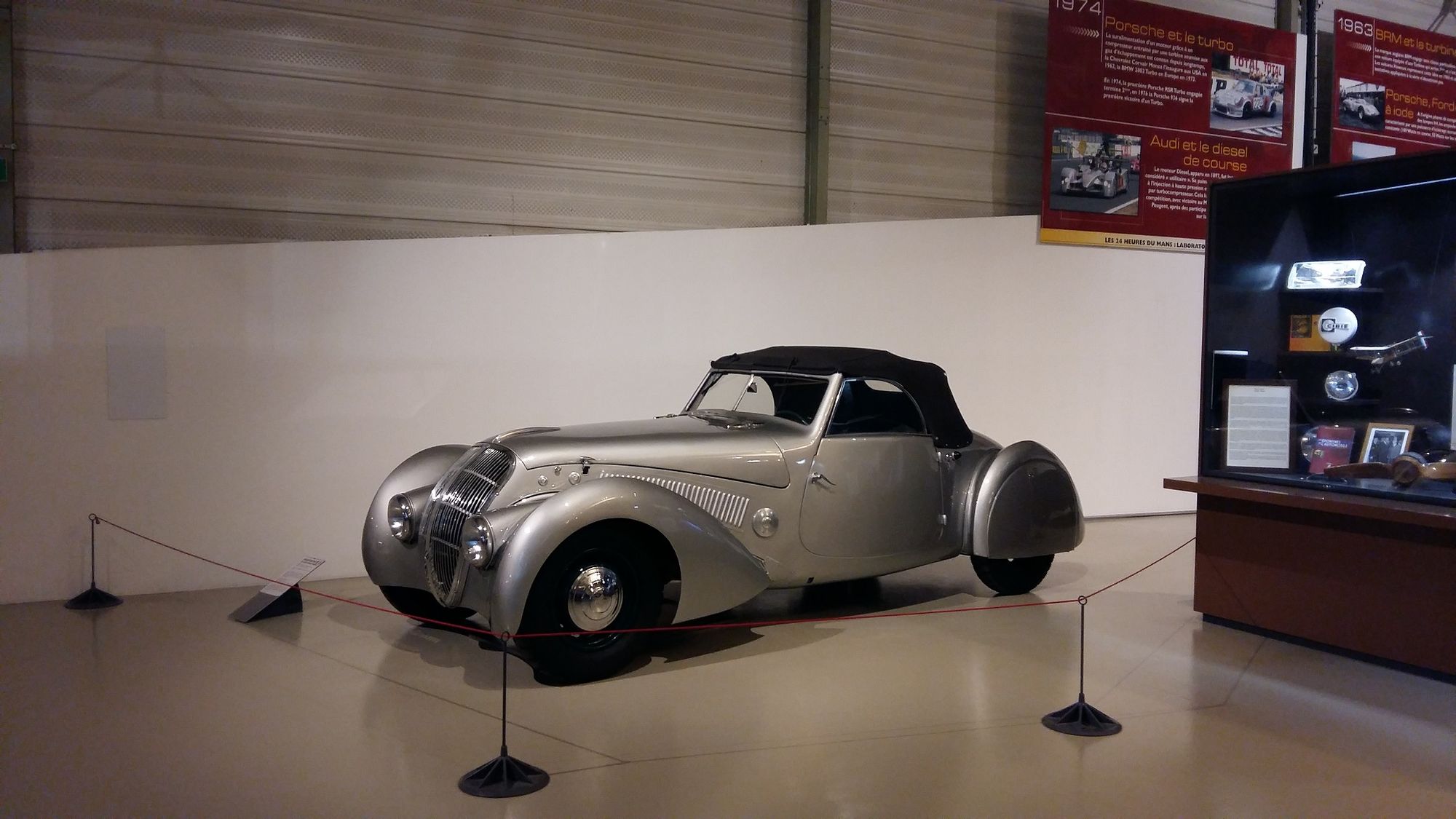
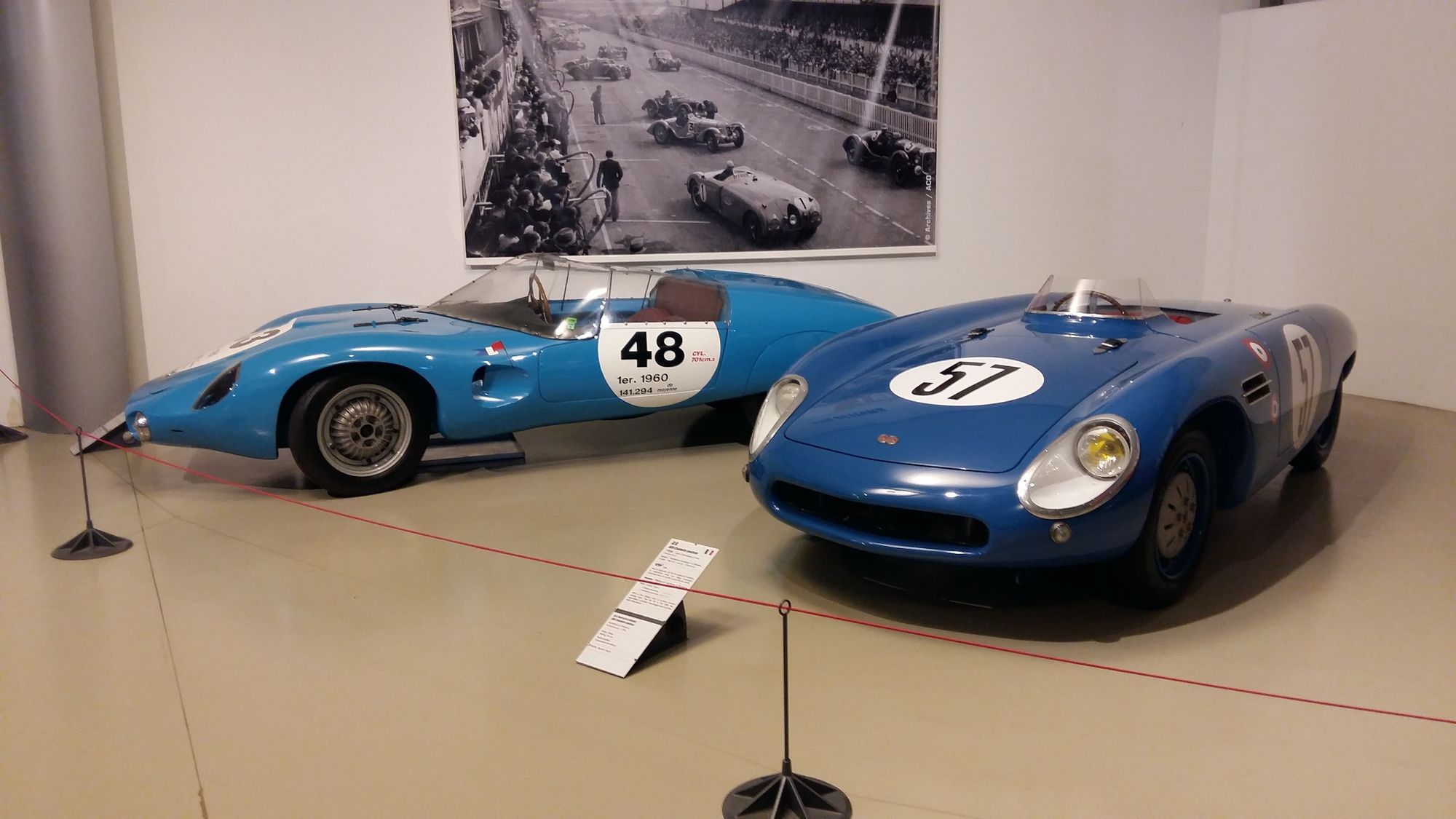
At the entrance to the museum, in addition to the imposing 24 Hours cup, the visitor can travel through time by checking out two victorious Bentleys, respectively dated from 1924 and 2003. The cars on display are not just racers, but also several of the significant cars in the history of the automobile. The star of the collection is an 1885 Dog Cart, an original model by de Dion-Bouton Trépardoux. This is the only steam car owned by a private museum.
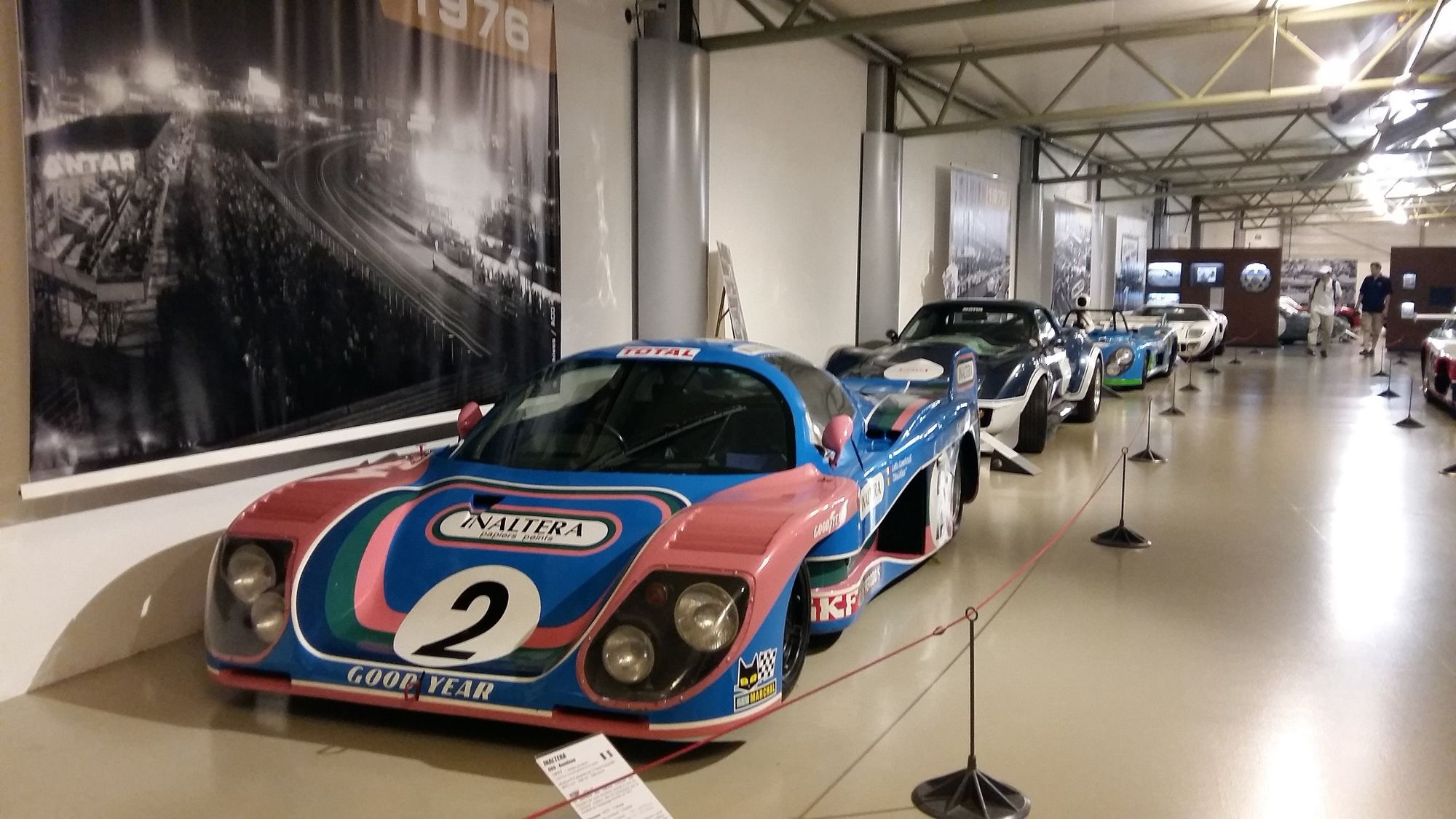
There are also cars from the Le Mans Bollée line-up of models. There is also a section dedicated to Citroën, where there are cars such as a DS used by General de Gaulle, plus a 2 CV, as well as a Citroën half-track.
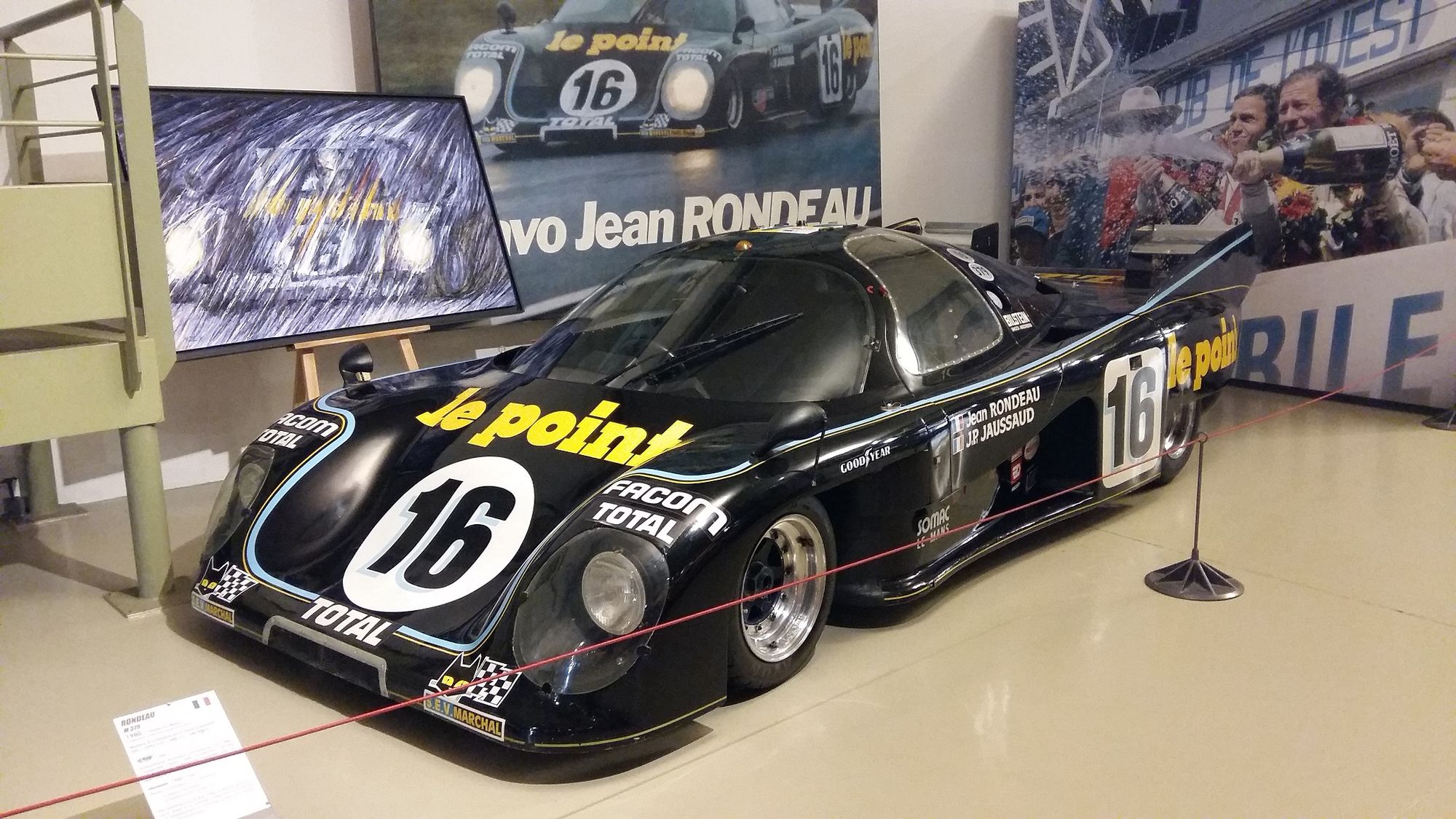
The other fascinating collection is the 4,236 1:43 scale models that retraces all the cars that ever participated in all the editions of the 24 hours of Le Mans race since the very first in 1923. Several dioramas also show the circuit at different points of time. At the centre sits a highly detailed model of the circuit seen from the sky.
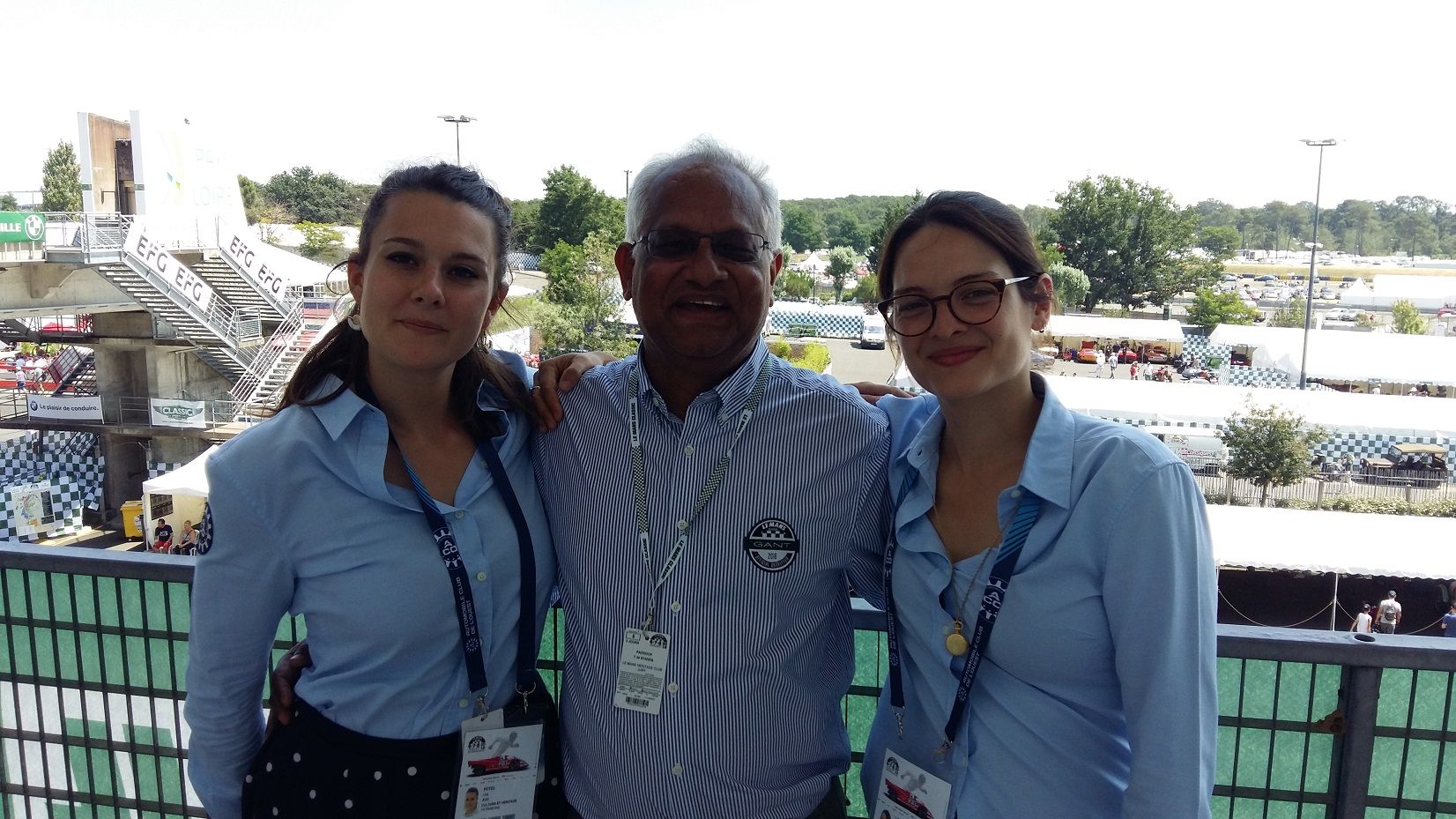
If ever in the vicinity, the Musée automobile de la Sarthe is a must visit.
Comments
Sign in or become a deRivaz & Ives member to join the conversation.
Just enter your email below to get a log in link.

